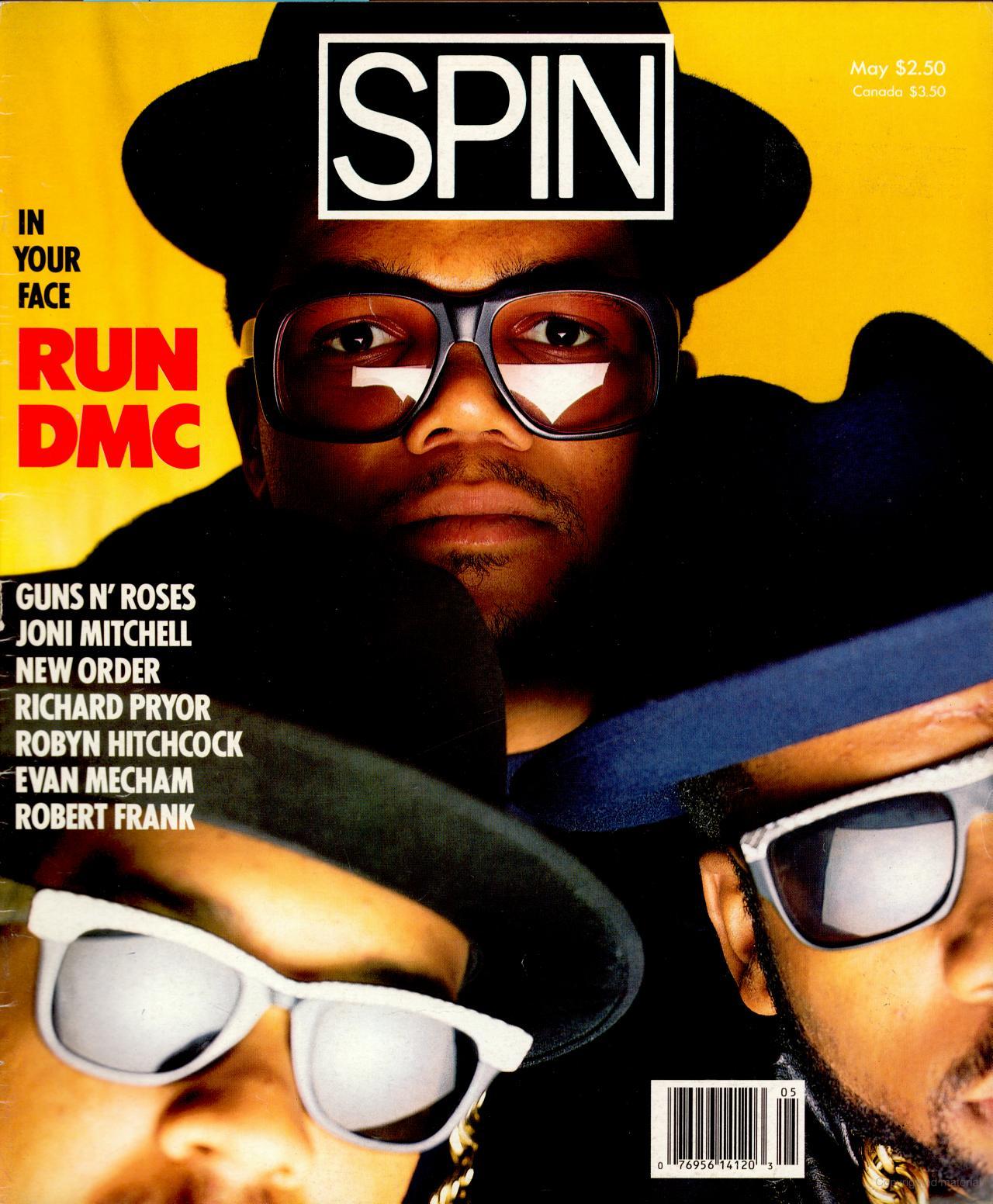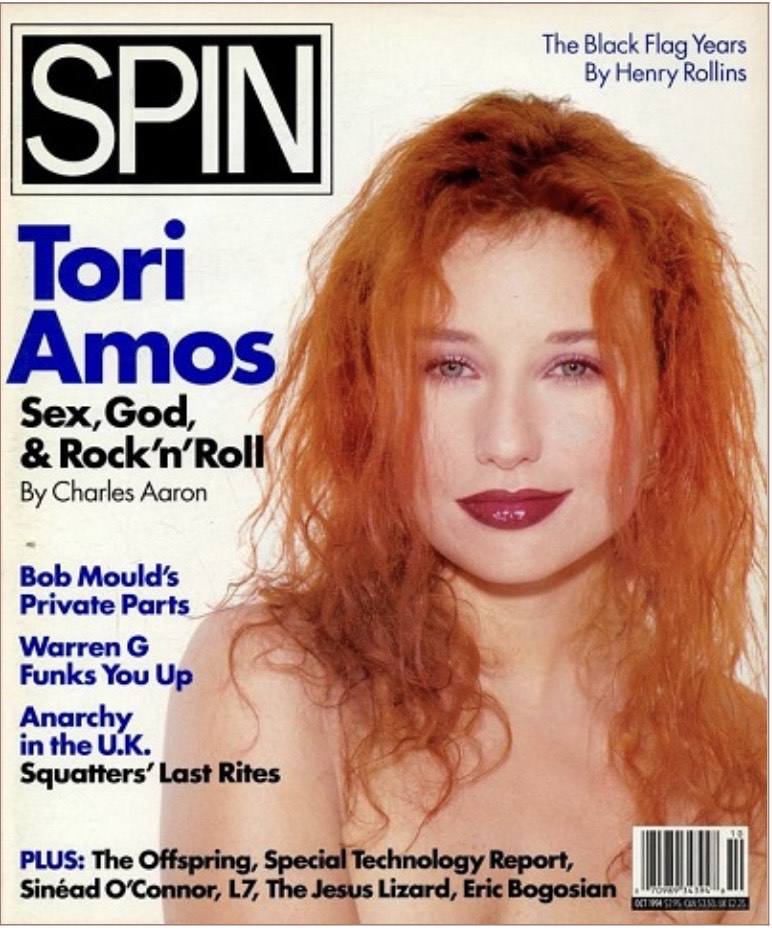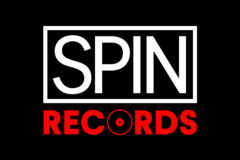From the first issue of SPIN in 1985, until the magazine was sold in 1997, we ran a monthly editorial column called TOPSPIN. Today we’re bringing it back.
When I was offered the job at SPIN in 2020, I didn’t want to take it. Though a working writer and editor at that point for more than 20 years, I’d watched the state of media dissolve into a gluttonous, money-hungry, lackluster hellscape. Not only were writers – great writers – not being paid an honest fee, but many formally reputable online media sites were, and still are, making very real money all for themselves. In order to achieve this, many sell their souls – and their editorial integrity – whether it be “pay for play” articles or clickbait nonsense. There are so many ways to make deals with the devil, and digital media seems to have utilized all of them.
Working for SPIN – especially, with its one-time reputation for groundbreaking journalism and profiling artists deemed “not commercial,” who we now know as living legends – would hurt my heart. I’d watched SPIN in real time transform the music media world, a veritable David to another much larger (and very tired) publication’s Goliath, elevating counterculture to alternative mainstream, finally giving room and voice to those who previously didn’t fit the mold. If you were different and ready to make noise, SPIN had its doors open, bragging that it wasn’t your parents’ magazine. And it wasn’t.

I am a card-carrying GenX-er and I grew up with SPIN. Two of my clearest memories of the magazine are from 1988, three years after its launch. The first issue I remember – definitely – is the now-iconic May 1988 Run-DMC cover, a choice SPIN made knowing and understanding – and with very clear warning from distributors – that Black artists “did not sell magazines.” SPIN did it anyway. In fact, from Public Enemy to LL Cool J and more, they kept doing it, even as the magazine was stone-cold broke. They were willing, or stupid enough, to go out of business for what they believed in.
My other memory, not surprisingly, is when the November 1988 issue included a condom with actual instructions for how to use it. I wish everyone could go back to Reagan-era America when this issue hit the newsstands -– and was quickly taken off. Historically, the majority of the newsstands in America refused to carry the issue. This was all part of SPIN’s mission to further educate youth on safe sex in an AIDS-terrified world. SPIN’s monthly AIDS column was devoted to breaking down the of-the-moment science and fanning the conversation in a decidedly fearful and hushed climate. It became the most-read part of the magazine.
I do also remember a genuine sorrow (and denial) over learning that Live Aid Funds had unfortunately been used to further the Ethiopian government’s brutal genocide against its own people. Unearthed by SPIN before anyone else, I remember reading SPIN’s 1991 cover story where Sinead O’Connor spoke openly and bravely about the abuse she experienced as a child. (So many women artists – Tori Amos, Tracy Chapman, Liz Phair, PJ Harvey – got recognized by SPIN first, way ahead of the mainstream media.)
And, of course, for one of the most pivotal moments in rock ‘n roll, the 1985 PMRC Senate hearings, SPIN was right in the thick of the fight when no other publication wanted to touch the controversy. SPIN fought for your right for free speech (and, one could argue, by giving the Beastie Boys their first cover, your right to party) when no other publication would.

So, in August of 2020, I did take the job, promising myself I’d get out at the first sign of corporate, sell-out bullshit. We all do what we have to in this business to make money, but as I’d spent most of my career devoted to developing women’s stories when there was no trend or hashtag to support it, I wasn’t willing to compromise now.
What I didn’t realize was, in January 2020 when SPIN was purchased, its new leadership was dedicated to restoring the SPIN legacy it was founded on, including powerful reporting and fostering new, innovative artists. We are not at all corporate and not a machine. We’re real people devoted to restoring this mission.
However, we’re doing this in a world of drive-through, fast-food media, much of it funded by, in my opinion, cheap, unethical means. However, we are holding steadfast. This is not easy. Selling out is easy. We are choosing the harder route.
So, once again, SPIN is operating against the grain. We are still the punky rebels who refuse to conform. I’m proud to be a part of it.





